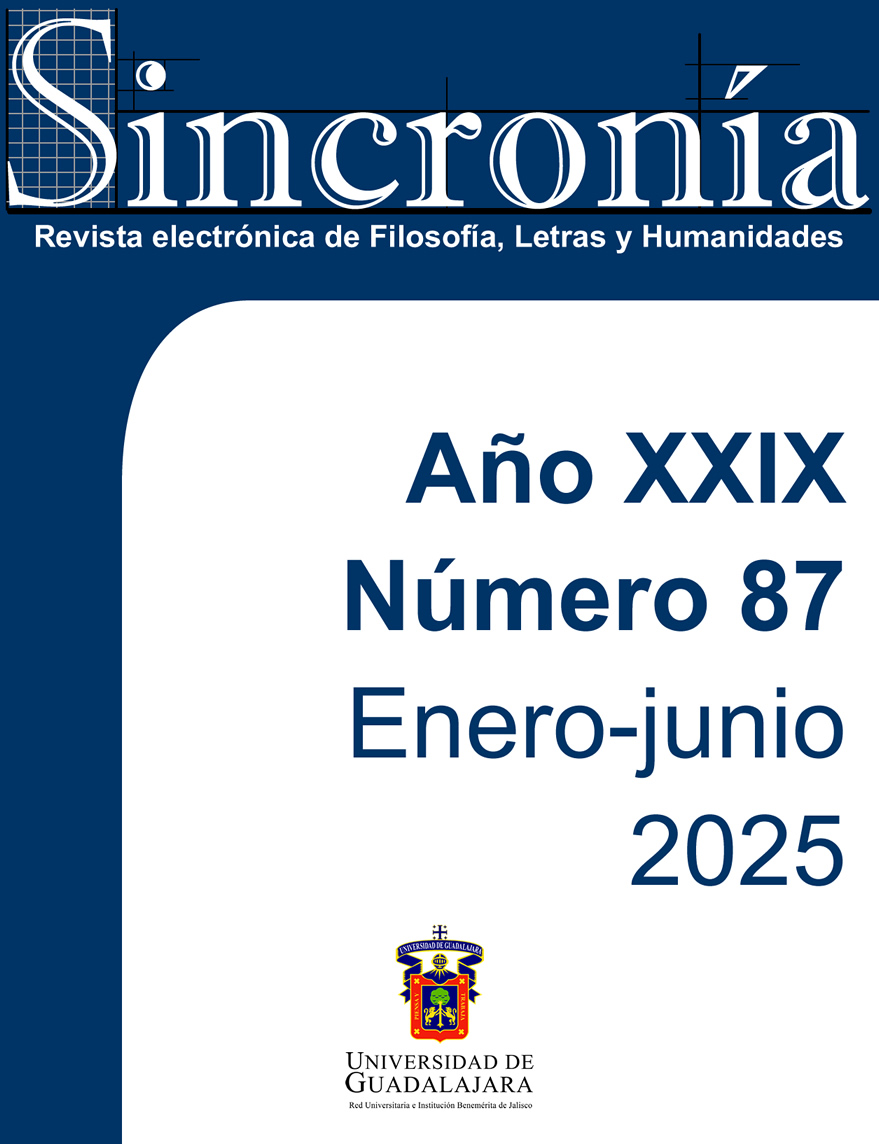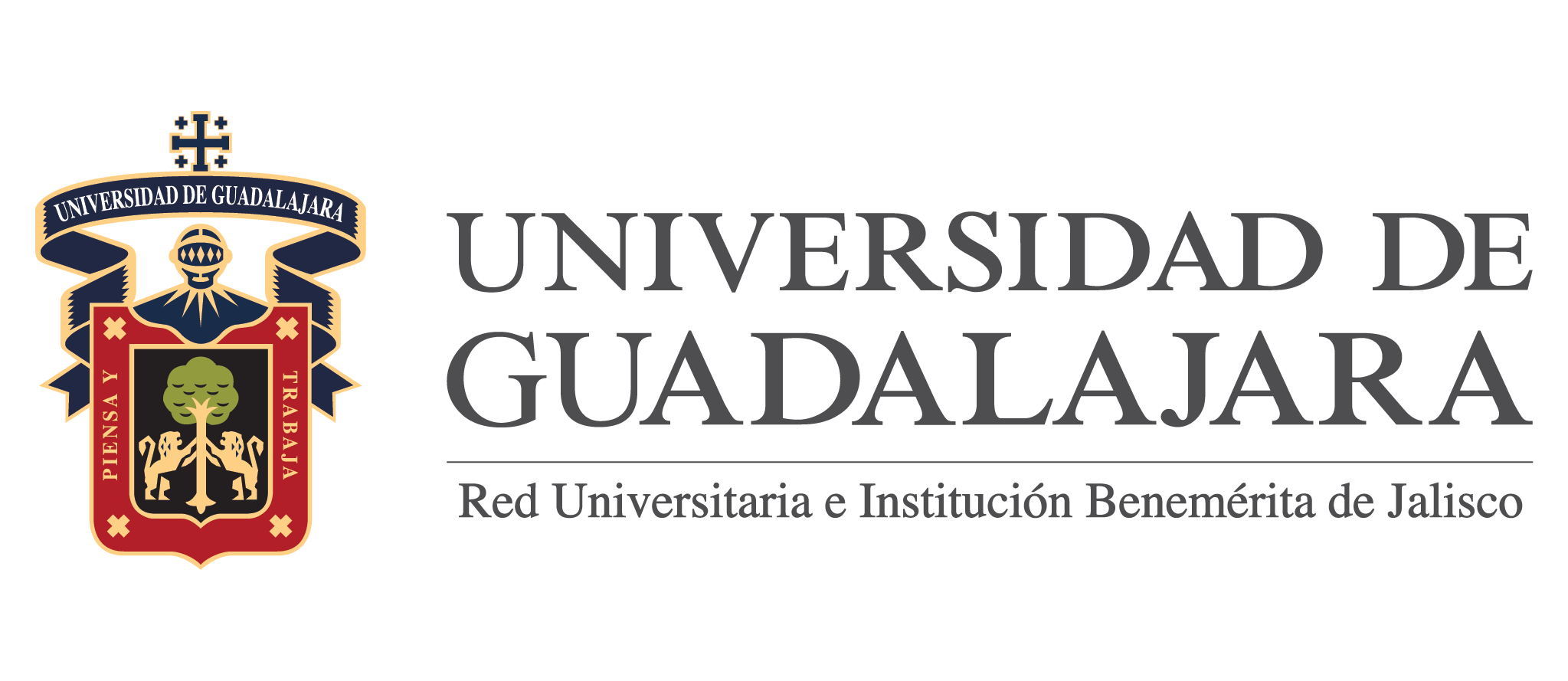Music and pleasure. A recovery of Guy de Chabanon's philosophy of music
Keywords:
Music, Imitation, Mood, Pleasure, Well-beingAbstract
The model of imitation of nature was central to art since the dawn of Modernity. Such a framework appears inadequate for understanding music. Or so considers the musician and philosopher Guy de Chabanon since the end of the 18th century. Music was also frequently understood through its relationship with emotions. Prior to Hanslick and with a very specific perspective relatively peripheral to philosophy and the European world, Chabanon seeks to understand music in itself and not through imitation or emotions giving strong arguments to reject contrary attempts. However, he also proposes an explanation for the strong inclination to think about music in terms of moods. In this way, this text exposes the context and arguments that separate the music from the imitative principle and the expression of emotions, while seeking to give new guidelines on the philosophy of music in current debates based Chabanon’s thought. This musician and philosopher points out in music a state of general well-being that, according to him, always accompanies the musical phenomenon. Considering this elemental characteristic of music, Chabanon explains that imitations or expressions of emotions in music are due to vague analogies which are a secondary and inessential possibility in music hearing. This is only possible because music, as he understands it, is the universal language of pleasure.
Downloads
Downloads
Published
How to Cite
Issue
Section
License
Copyright (c) 2024 Carlos David García Mancilla

This work is licensed under a Creative Commons Attribution-NonCommercial 4.0 International License.
You are free to:
- Share — copy and redistribute the material in any medium or format
- Adapt — remix, transform, and build upon the material
- The licensor cannot revoke these freedoms as long as you follow the license terms.
Under the following terms:
- Attribution — You must give appropriate credit , provide a link to the license, and indicate if changes were made . You may do so in any reasonable manner, but not in any way that suggests the licensor endorses you or your use.
- NonCommercial — You may not use the material for commercial purposes .
- No additional restrictions — You may not apply legal terms or technological measures that legally restrict others from doing anything the license permits.




























